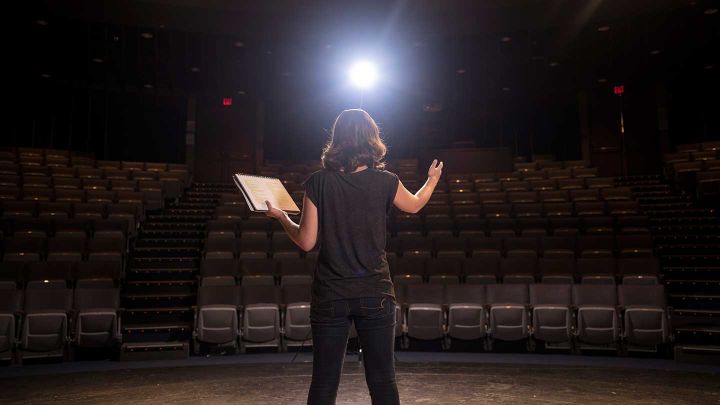In the early 1960s, New York City played host to a hugely influential folk music scene, with urban clubs in neighborhoods like Greenwich Village bustling with acts clamoring for attention and, most importantly, a living.
While today this scene is almost synonymous with the early, formative years of Bob Dylan’s career, like all music scenes it produced many more unknown or forgotten acts than famous ones, and the Coen Brothers’ new film, “Inside Llewyn Davis,” is a story of one unknown folk singer’s seemingly futile struggle to make money from his talents.
Born the working-class son of a pilot in the merchant marine, the titular Llewyn Davis (played by Oscar Isaac) has a beautiful voice, a thorny personality and no desire to market himself.
He spends nights at folk clubs watching brighter, happier acts willing to play up to the crowd attract record deals and applause while he can’t seem to squeeze more than twenty dollars out of his first solo album.
Davis is a difficult character to coexist with for the about-two-hour runtime and Isaac’s performance makes him both sympathetic and capable of callousness we normally only excuse in geniuses.
Unfortunately, he is no genius. Forced to mooch off of friends for food and sleeping space — for which he shows no gratitude — he accuses his friends Jean and Jim, played by Carey Mulligan and Justin Timberlake, of being careerist while he refuses to compromise himself to connect with people.
His life is further plagued by runaway cats, unexpected pregnancies — for which he may or may not be responsible — and the kinds of short-term thinking poverty forces you into at the expense of the future.
The entire second act of the film is a wild journey to Chicago in the company of a mostly silent driver and John Goodman’s Roland Turner.
The latter is an enormous, cane-swinging musician with an open contempt for music other than jazz and an interest in Santeria. Trapped in a metal shell from New York to Chicago, Davis can only chafe under Turner’s insults and nervously wait for the inevitably bad news from a potential manager in Chicago.
Like their previous film about a frustrated artist, “Barton Fink,” this film is claustrophobic and concerns an altogether unpleasant protagonist with difficulty selling himself in the mass media machine.
Where that film was replete with surreal detours, outlandish characters and thick noir atmosphere, this is a far more realistic piece of biographical fiction.
Set in the grey doldrums of winter, “Inside Llewyn Davis” finds its situations developing in tight hallways, tiny apartments, rain-slicked alleyways and stages overcast by shadows.
This makes the film an oppressive affair, and because it lacks an antagonist or any personal figure to focus anger on — other than the protagonist himself and one or two of his exasperated friends — the film’s capricious and all-too-real world of disappointment and failure becomes an active force in and of itself.
Subdued and bleak, this is far from the best Coen Brothers’ film but all the same it manages to convey a sophisticated portrait of the professional creative life.
That life is as devoid of glamour and allure as any factory or desk job, but there tends to be some mystique attached to artistic work.
It is often romanticized and denigrated as unnecessary at the same time, with successful artists lauded and turned into trophies while the losers rate nothing more than a footnote.
If so, than this is a footnote worthy of attention, a rough and clear-eyed film that continues the Coens’ streak of quality filmmaking.












